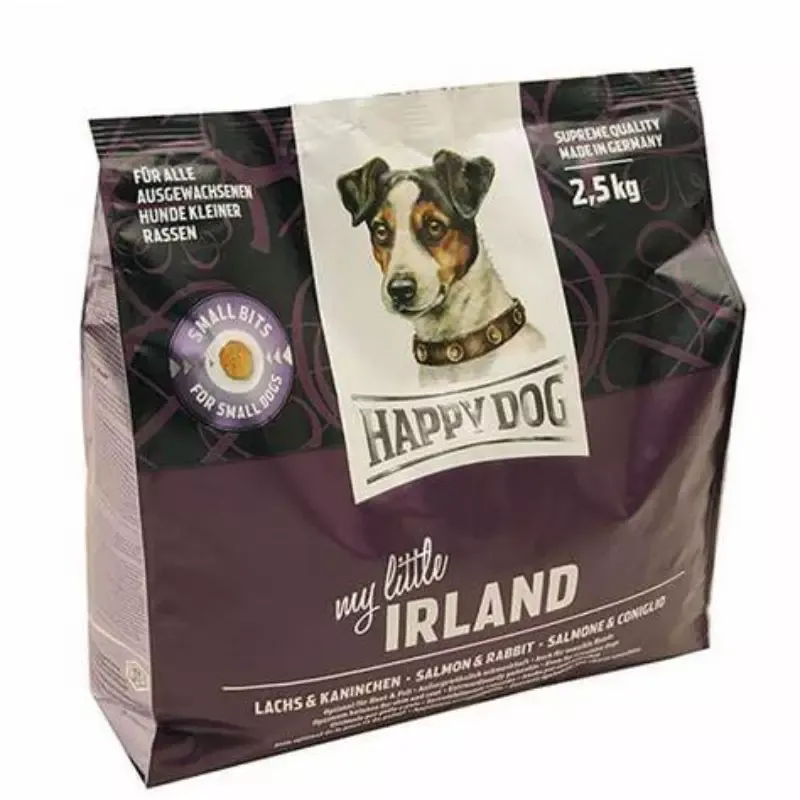- Afrikaans
- Albanian
- Amharic
- Arabic
- Armenian
- Azerbaijani
- Basque
- Belarusian
- Bengali
- Bosnian
- Bulgarian
- Catalan
- Cebuano
- chinese_simplified
- chinese_traditional
- Corsican
- Croatian
- Czech
- Danish
- Dutch
- English
- Esperanto
- Estonian
- Finnish
- French
- Frisian
- Galician
- Georgian
- German
- Greek
- Gujarati
- haitian_creole
- hausa
- hawaiian
- Hebrew
- Hindi
- Miao
- Hungarian
- Icelandic
- igbo
- Indonesian
- irish
- Italian
- Japanese
- Javanese
- Kannada
- kazakh
- Khmer
- Rwandese
- Korean
- Kurdish
- Kyrgyz
- Lao
- Latin
- Latvian
- Lithuanian
- Luxembourgish
- Macedonian
- Malgashi
- Malay
- Malayalam
- Maltese
- Maori
- Marathi
- Mongolian
- Myanmar
- Nepali
- Norwegian
- Norwegian
- Occitan
- Pashto
- Persian
- Polish
- Portuguese
- Punjabi
- Romanian
- Russian
- Samoan
- scottish-gaelic
- Serbian
- Sesotho
- Shona
- Sindhi
- Sinhala
- Slovak
- Slovenian
- Somali
- Spanish
- Sundanese
- Swahili
- Swedish
- Tagalog
- Tajik
- Tamil
- Tatar
- Telugu
- Thai
- Turkish
- Turkmen
- Ukrainian
- Urdu
- Uighur
- Uzbek
- Vietnamese
- Welsh
- Bantu
- Yiddish
- Yoruba
- Zulu
Exploring the Characteristics and Properties of PETG Material in 3D Printing Applications
Understanding PETG Structure A Deep Dive into Properties and Applications
Polyethylene terephthalate glycol-modified (PETG) is a thermoplastic polymer belonging to the polyester family. It has gained popularity in various industries due to its unique structural characteristics and properties. This article explores the structure of PETG, its properties, and the diverse applications that stem from its distinctive characteristics.
The Chemical Structure of PETG
The molecular structure of PETG is derived from polyethylene terephthalate (PET) through the incorporation of glycol during synthesis. The modification with glycol reduces the crystallinity of the polymer, which is responsible for PETG’s enhanced clarity, toughness, and flexibility compared to its counterpart, PET. The basic structure consists of repeated units of terephthalic acid and ethylene glycol, creating long chains of esters.
The structural differences between PET and PETG are mainly due to the levels of glycol used during production. While PET has a semi-crystalline structure, PETG is amorphous, meaning that it lacks a defined crystalline order. This amorphous nature allows PETG to exhibit better impact resistance and increased thermal stability, making it suitable for a wide range of applications.
Physical Properties of PETG
1. Transparency and Clarity One of the most notable features of PETG is its excellent optical clarity. This property allows it to be used in applications where visibility is crucial, such as in packaging and display materials.
2. Chemical Resistance PETG exhibits a high resistance to various chemicals, including acids and bases. This property makes it an ideal choice for applications in industries such as pharmaceuticals and food packaging where chemical exposure is common.
3. Impact Resistance Due to its amorphous structure, PETG has superior impact resistance compared to many other plastics. This durability makes it suitable for products that require strength without compromising aesthetics.
4. Thermal Stability PETG can withstand a range of temperatures without significant deformation, making it appropriate for applications involving heat exposure. Its glass transition temperature is higher than that of many standard plastics, contributing to its versatility.
petg structure

Applications of PETG
The unique structural properties of PETG lend themselves to a myriad of applications across various industries
1. Packaging PETG is widely used in the food packaging sector due to its clarity, chemical resistance, and safety for food contact. It is often used for containers, labels, and blister packs, ensuring product freshness and visibility.
2. Medical Devices The pharmaceutical and medical industries utilize PETG for its biocompatibility and resistance to sterilization processes. Medical packaging, disposable items, and equipment such as syringes and surgical trays are commonly made from this material.
3. 3D Printing PETG has become increasingly popular in the 3D printing community because of its ease of use, durability, and ability to produce high-quality prints. Its low warping tendencies and excellent layer adhesion make it a preferred choice for both hobbyists and professionals.
4. Signage and Displays Due to its clarity and UV resistance, PETG is frequently used in signage, display cases, and point-of-purchase displays. Its aesthetic appeal combined with durability ensures that displays remain vibrant over time.
5. Automotive Components In the automotive industry, PETG is utilized for interior trim, lighting covers, and other parts where durability and impact resistance are essential. Its ability to be easily molded into complex shapes further enhances its utility in this sector.
Conclusion
The structural characteristics of PETG make it a versatile and valuable material in today’s market. Its unique properties, including transparency, chemical resistance, impact strength, and thermal stability, open up numerous possibilities across various applications. As industries continue to innovate and demand higher performance materials, PETG stands out as a critical player, bridging the gap between functionality and aesthetics. Whether in packaging, medical devices, or 3D printing, PETG is poised to remain a prominent material of choice for many years to come.













